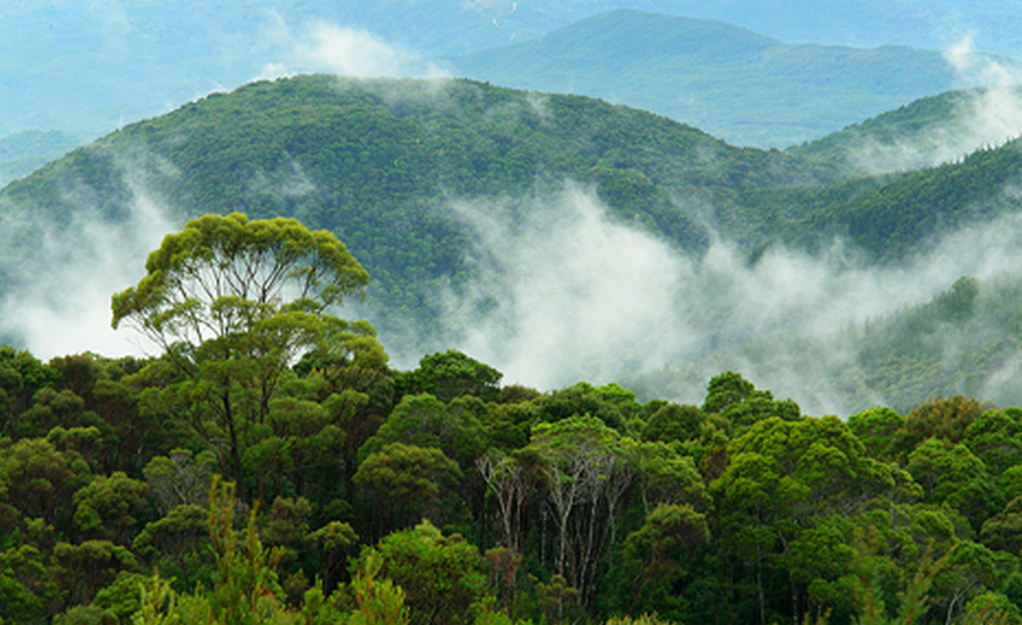A new concerning report issued by the US Department of Agriculture has projected that by 2070, the forests in America could be emitting significantly more carbon into the atmosphere than they are able to sequester.
According to experts, forests across the United States, except for those in Alaska, are expected to cease absorbing 150 million metric tonnes of carbon annually within the next fifty years.
This change will result in a reduction of carbon sequestration by approximately 150 million metric tonnes, a quantity akin to the emissions from 40 continuously operating coal power plants emitting polluting substances into the atmosphere.
The cause behind this concerning trend can be traced to humans interference with the natural progression and balance of tree growth within our forests.
In ecosystems that function optimally, mature trees go through natural cycles of mortality, making room for the emergence of new saplings.
Research has indicated that younger trees possess a remarkable ability to absorb carbon dioxide from the atmosphere, incorporating it into their own biomass. In contrast, while older trees store a significant amount of carbon over time, their growth rate is comparatively sluggish.
But today, in North America, not enough young trees are being planted and allowed to grow.
Consequently, mature forests are outpacing the growth of new ones, and the latter are increasingly vulnerable to factors like wildfires, droughts, or storms caused by climate variations.
This shift toward an older demographic of trees suggests that in the future, forests in the United States might experience more instances of decline than regeneration.
In practical terms, this transformation converts forests from carbon absorbers to carbon emitters.
Tags: Alaska, Carbon Emitters, Sequestration, US Forests



Recent Posts
Royal Caribbean Welcomes LNG-Fueled Star of the Seas to Its Fleet
Swire Shipping Launches ‘Voyage to Zero’ to Help Customers Cut Scope 3 Emissions Swire
Pinnacle Marine Launches B100-Powered President 100 for Biofuel Trials
Assam Puts Green Hydrogen Policy on Hold, Investors Reassess Plans
MNRE and Odisha Chart Roadmap for National Green Hydrogen Mission
Hyundai Glovis to Retrofit Seven PCTCs with Avikus AI Navigation System
Super Terminais orders three more Konecranes Gottwald ESP.10 Mobile Harbor cranes
Covestro and HGK Shipping Extend Partnership to 2040 with Focus on Wind-Assisted Vessel Retrofit